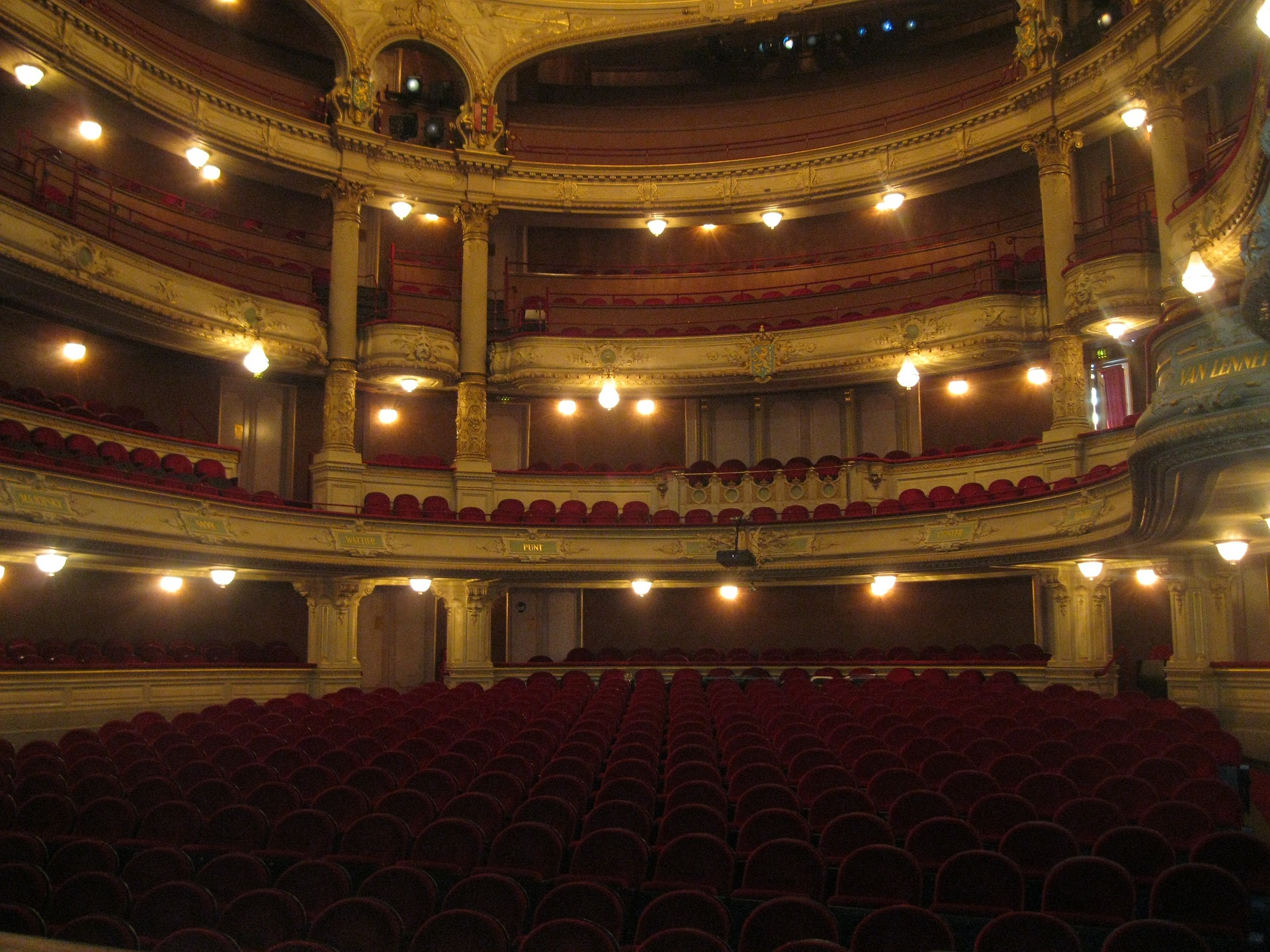Synesthesia in Modern Art: A Sensory Fusion
Synesthesia, a neurological condition where senses intermingle, has found a unique expression in modern art. This article delves into the origins, contemporary manifestations, and the profound impact of this fascinating phenomenon. Imagine the taste of a sunset or the color of a symphony. These sensory experiences might sound otherworldly, but they're a reality for synesthetes and an intriguing inspiration for artists worldwide. Synesthesia, where one sensory experience triggers another, has permeated the world of art, creating a vibrant tapestry of multi-sensory masterpieces.

A Brush with History
Synesthesia has long been a part of artistic discourse. Artists like Vincent van Gogh and Wassily Kandinsky, known for their vibrant color use, were thought to be synesthetes. Kandinsky, in particular, was known for his desire to create a “symphony of color,” a concept deeply rooted in the synesthetic experience. This artistic exploration of synesthesia was a radical departure from traditional art, paving the way for a new, sensory-rich artistic language.
Modern Art’s Synesthetic Symphony
In our era, synesthesia has become a vital element in several artistic domains. In music, artists like Pharrell Williams and Billie Eilish have publicly acknowledged their synesthesia, with Eilish’s music videos often reflecting her personal synesthetic experiences. In visual arts, artists like Carol Steen and Marcia Smilack use their synesthesia to create vibrant, multi-sensory works that challenge the viewer’s perception of reality.
The Impact and Reception of Synesthetic Art
Synesthetic art has significantly influenced the arts and entertainment industry. Its unique blend of sensory experiences offers a fresh perspective, inviting viewers to perceive art beyond the normative frameworks. It has also sparked interest in scientific communities, contributing to research on sensory perception and cognition. However, as with any unconventional artistic movement, synesthetic art has faced criticism. Purists argue that it challenges traditional art forms, while others see it as a powerful tool for expanding artistic boundaries.
Synesthesia: A Sensory Revolution in Art
In conclusion, synesthesia has revolutionized the arts and entertainment world, offering a multi-sensory experience that transcends traditional artistic boundaries. This unique fusion of senses has not only redefined the concept of artistic expression but also opened new avenues for understanding human sensory perception. As we continue to explore this fascinating phenomenon, one can only imagine what sensory delights await us in the realm of synesthetic art.




